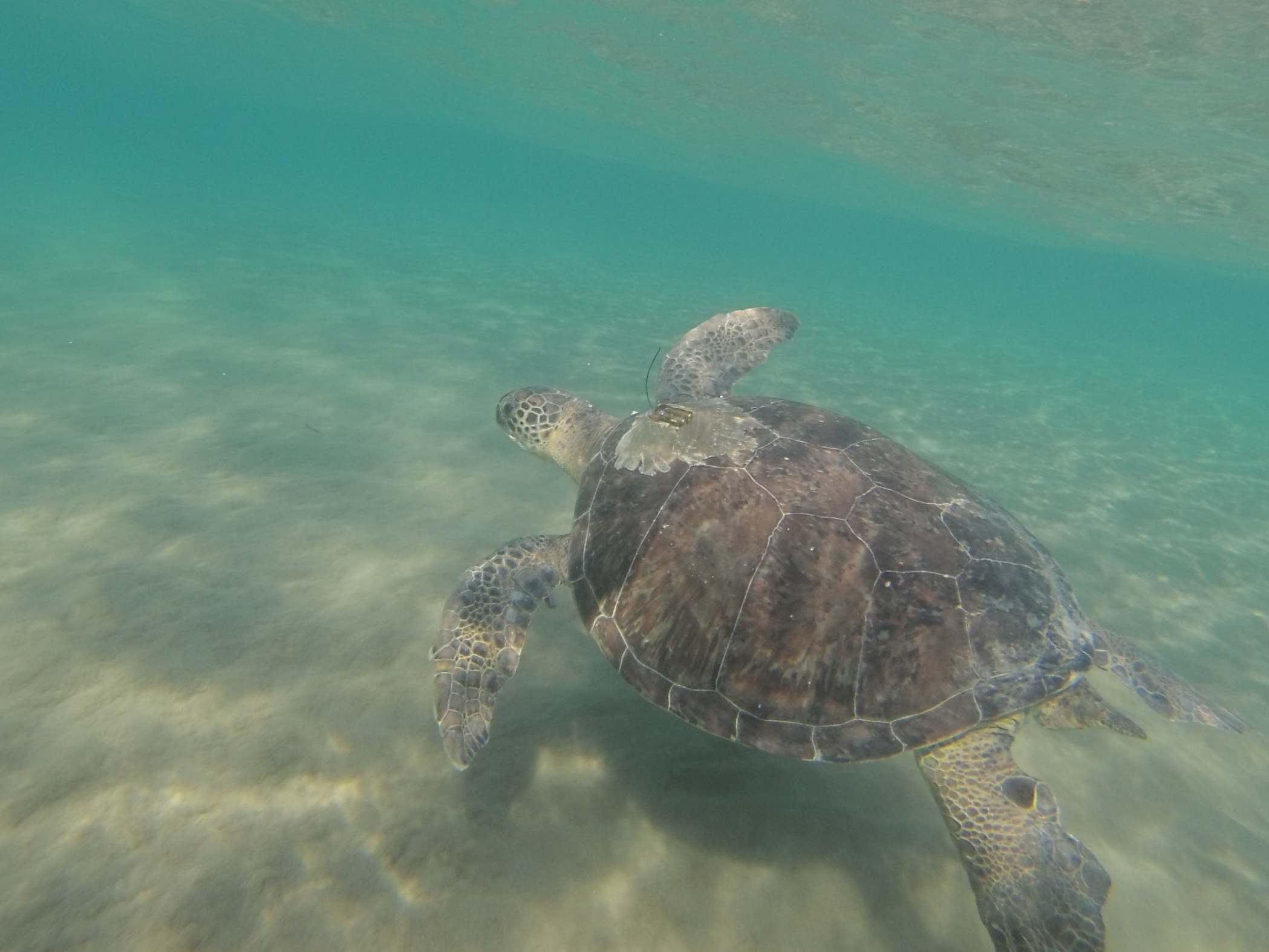Turtles more likely to eat plastics that look like foods in their natural diet, study finds
One animal found with 183 pieces of plastic in guts

Your support helps us to tell the story
From reproductive rights to climate change to Big Tech, The Independent is on the ground when the story is developing. Whether it's investigating the financials of Elon Musk's pro-Trump PAC or producing our latest documentary, 'The A Word', which shines a light on the American women fighting for reproductive rights, we know how important it is to parse out the facts from the messaging.
At such a critical moment in US history, we need reporters on the ground. Your donation allows us to keep sending journalists to speak to both sides of the story.
The Independent is trusted by Americans across the entire political spectrum. And unlike many other quality news outlets, we choose not to lock Americans out of our reporting and analysis with paywalls. We believe quality journalism should be available to everyone, paid for by those who can afford it.
Your support makes all the difference.Green turtles are more likely to swallow plastics that resemble foods in their natural diet, a new study has found.
The creatures are fooled by narrow lengths of plastic in natural colours like green and black, such as bin bags, because they look like seagrass, scientists found.
The team from the University of Exeter and the Society for the Protection of Turtles, came to the conclusion after they examined the guts of turtles found washed up on beaches in Cyprus.
All of the turtles whose full gastrointestinal tract could be examined were found to have swallowed plastic, with 183 pieces found in one animal.
“Previous research has suggested leatherback turtles eat plastic that resembles their jellyfish prey, and we wanted to know whether a similar thing might be happening with green turtles,” Dr Emily Duncan, from the University of Exeter, said.
She added: “Sea turtles are primarily visual predators – able to choose foods by size and shape – and in this study we found strong evidence that green turtles favour plastic of certain sizes, shapes and colours. The sources of this plastic might include things like black bin bags, and fragments from items such as fishing rope and carrier bags.”
Ms Duncan said the research, published in the journal Scientific Reports, suggested turtles favour threads and sheets that are black, clear or green.
However, the team could not determine what role the plastic may have played in the animals’ deaths – although they believed the majority of the 34 turtles examined had most likely died as a result of getting tangled in fishing nets.
The full gastrointestinal tracts of 19 turtles were examined, with the number of pieces found ranging from three to 183.
“Research like this helps us understand what sea turtles are eating, and whether certain kinds of plastic are being ingested more than others,” Professor Brendan Godley, who leads the Exeter Marine research strategy, said.
He added that it was important to know what kinds of plastics were particularly problematic to sea turtles.
The research was supported by Plymouth Marine Laboratory, with funders including the Sea Life Trust and the European Union.
Agencies contributed to this report
Join our commenting forum
Join thought-provoking conversations, follow other Independent readers and see their replies
Comments